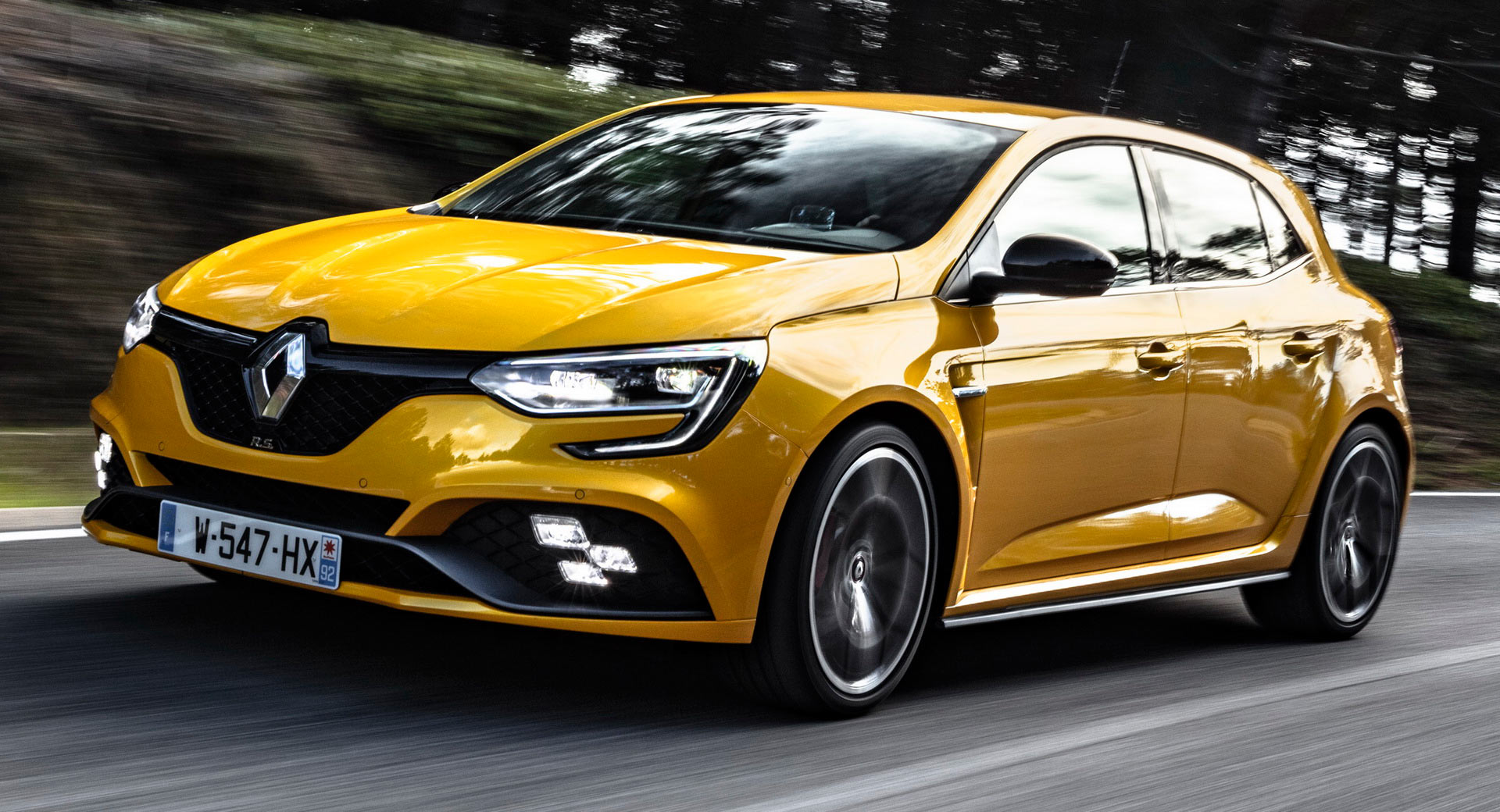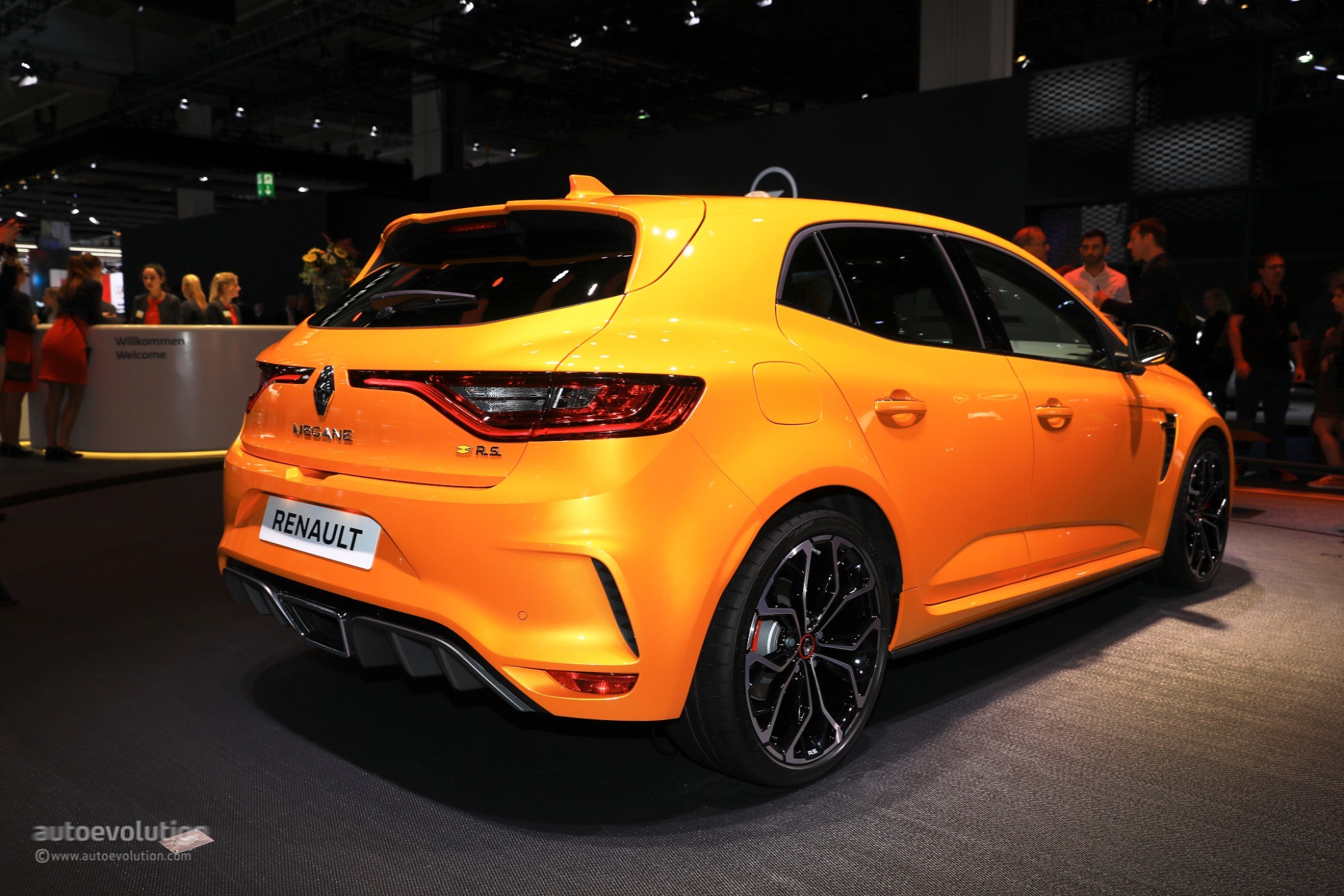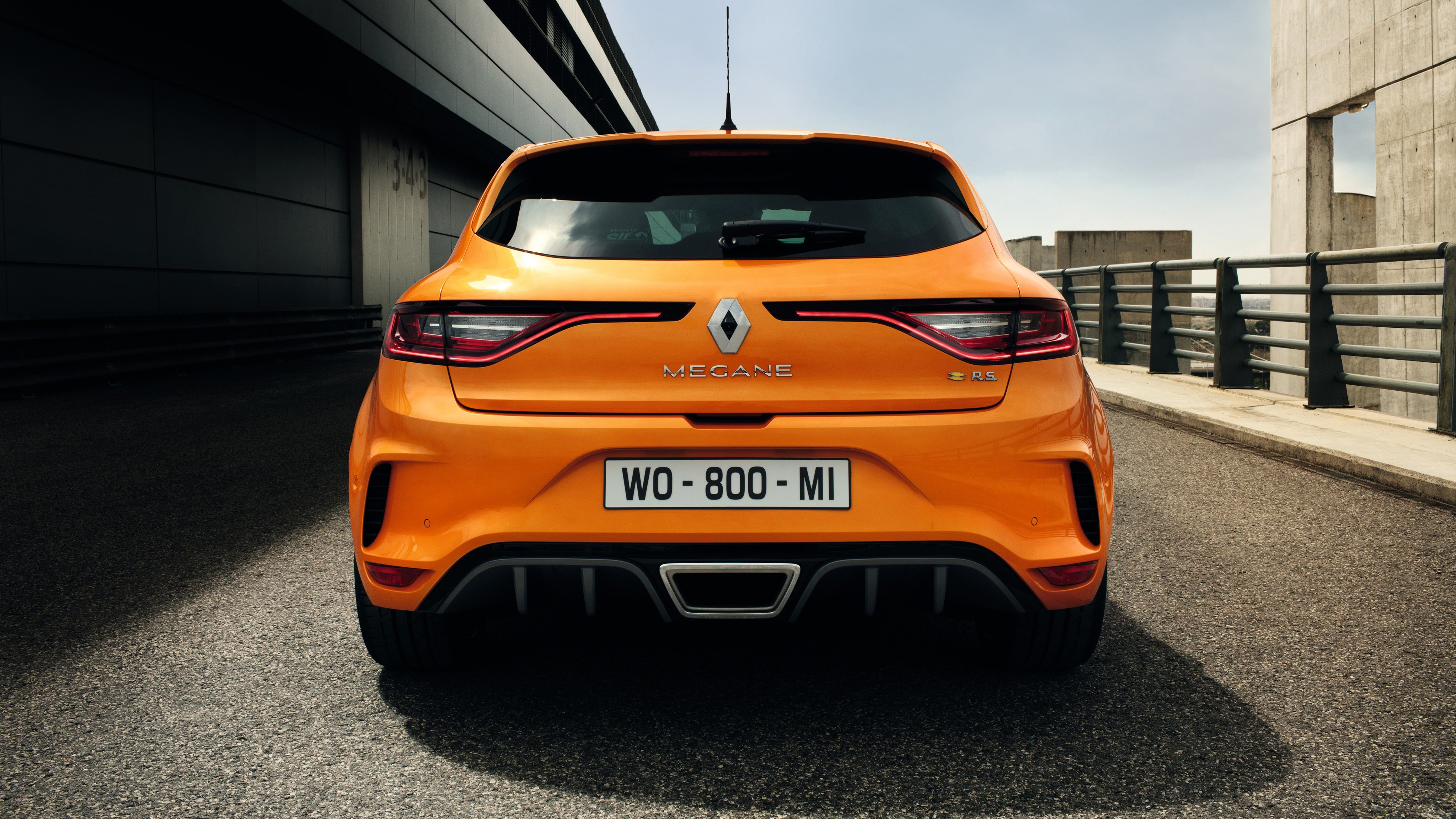


They felt that the car was a bit soft, and the ride was too gentle for a performance Renault. While reception to the Megane RS was generally positive, many in the motoring press wanted a bit more. On the inside there was leather and cloth seats, seat belts with read stitching, a 4x15W RDS radio with CD-MP3 player and 6 speakers, special floor mats, and more. To help control the extra power, Renault’s engineers equipped the RS with powerful Brembo brakes that were covered with 18-inch alloy wheels. There were also some slight styling changes such as a deeper, wider front bumper and a small rear spoiler that gave the Megane RS a more aggressive, performance orientated appearance.

The power unit wasn’t the only thing to receive some attention, with the front and rear suspension getting some changes to improve handling and reduce torque steer.
Renault megane sport manual#
Renault mated the souped-up engine to a six-speed manual transmission. Ninety percent of the 300 Nm of torque was available as early as 2,000 rpm, while a twin-scroll turbocharger arrangement kept turbo lag to a minimum, especially when rpms where above 2,000. If this wasn’t enough, Mexican car magazine, Automóvil Panamericano, tested the power unit in their car and actually found that it produced as much as 247 bhp (184 kW).īurying your foot in the carpet would have you at 100 km/h (62 mph) in as little as 6.5 seconds, and the Megane II RS would continue pulling until 240 km/h (149 mph). Power sat at a respectable 222 bhp (165 kW) and 300 Nm (221 lb-ft) of torque at 3,000 rpm, giving the Megane RS some serious punch. Renault’s team of engineers behind the hot Megane settled on a turbocharged 2.0-litre F4RT petrol engine for the car. Like the standard Megane II, the RS was available in both three and five-door variants. Renault manufactured the body shell of the car at their Palencia plant in Spain, while final assembly was conducted at their Dieppe factory in France. The first version of the Megane Renault Sport followed fairly rapidly after the standard car, with production beginning in the second half of 2004. Renault Megane Mk2 RS (this Megane is the first RS model but based on the second generation/Mk2 car).Below we have listed some of the names that will be used in this guide:
Renault megane sport how to#
At the end of this guide, we have more general car buying advice on things like how to get the best deal on a Mk2 Megane RS. Following this, we will cover the buyer’s guide section of the article with all the things to watch out for during an inspection and test drive. To begin with we will take a look at the history and specifications of the Megane RS to give you a bit of background information about the car. How to use this Renault Megane II RS Buyer’s Guide We will also look at the history and specifications of the Renault Sport.

In this Renault Megane II RS buyer’s guide we will be looking at everything you need to know about purchasing one of these cars, including any common problems, how to get the best deal and more. Prices have levelled off and now good ones are starting to become real collectors’ items. If you had bought one of these cars new, you would have experienced some serious depreciation, but these days things are turning around for the Mk2 Megane RS. Renault’s team of crackpot engineers and designers fettled the car, turning it into one of the great hot hatches of the mid-to-late 2000s. While the first version of the Renault Megane Renault Sport (RS) didn’t exactly set the motoring world alight when it launched in 2004, it soon proved its worth.


 0 kommentar(er)
0 kommentar(er)
